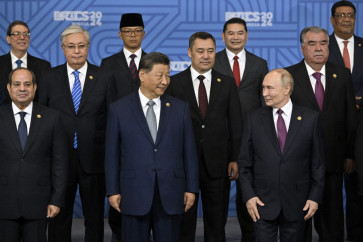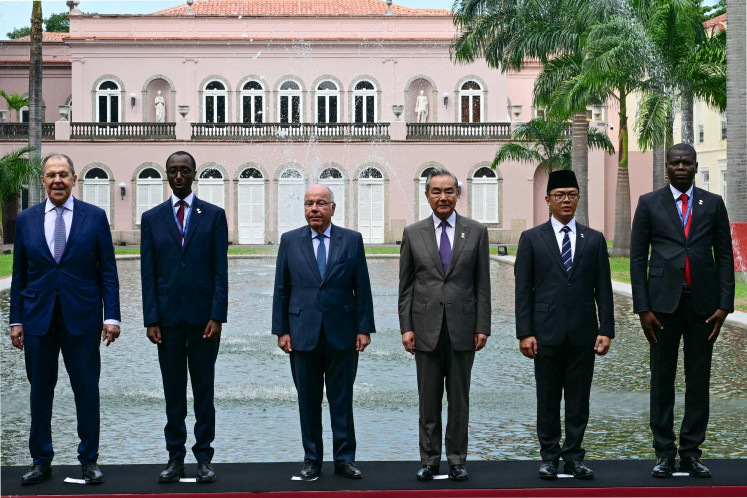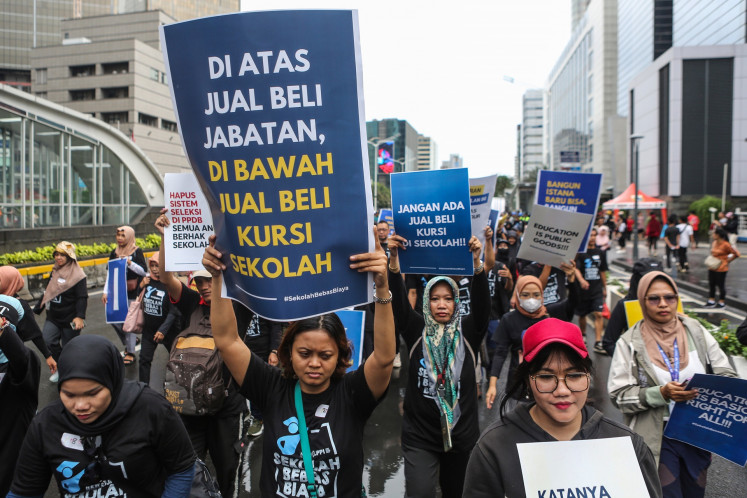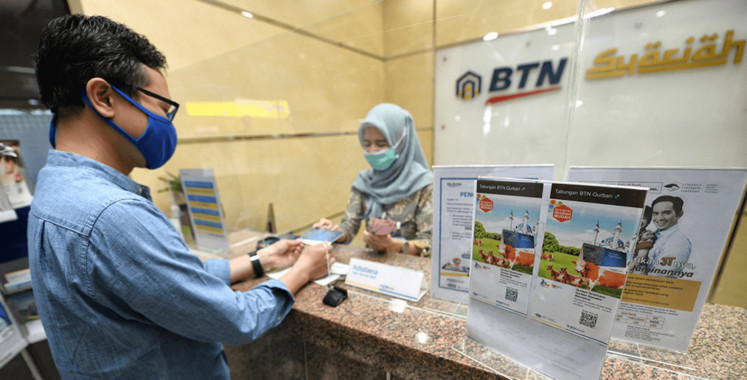Language endangerment in multilingual Indonesia
According to Ethnologue, a web-based statistical database of world languages, a total of 138 Indonesian local languages have been labeled as “threatened” (98 languages), “nearly extinct” (28 languages), and “extinct” (12 languages).
Change text size
Gift Premium Articles
to Anyone
 Living in such a diverse country as Indonesia has its own challenges when it comes to language use. (Shutterstock/File)
Living in such a diverse country as Indonesia has its own challenges when it comes to language use. (Shutterstock/File)
L
anguage cannot merely be defined as a tool to convey meaning as part of human communication. Its significance as transferor of general knowledge is proof of its basic role in shaping our minds with regard to how we perceive the world.
It is also no surprise that in this 7-billion populated planet, hundreds of millions of people have confidently identified themselves as bilinguals as a result of globalized language learning. This phenomenon, as we all know, leaves some marks in which certain languages are ranked according to their use by the society in particular settings, for instance, in education, bureaucracy and professional work. Consequently, tendencies to learn only one or two languages that young people believe can give social and economic mobility for their future are increasing, leaving other languages, local languages in particular, marginalized and decayed.
Read also: You feel?: How the Internet transforms the English language
Living in such a diverse country as Indonesia has its own challenges when it comes to language use. With no less than 700 local languages actively spoken, Indonesia is undoubtedly one of the most multilingual countries in the world, making the people at least bilingual at a very young age. Indonesian children can even potentially be exposed to three languages simultaneously if their parents have different ethnicities, e.g Javanese from their father, Sundanese from their mother, and Bahasa Indonesia from their neighborhood.
An even more complex language exposure, up to four languages simultaneously, can actually occur if the child is educated in a school where neither his father’s nor his mother’s language is spoken, e.g if the child studies in a local school located in Bali province, the child will be obligated to study and practice Balinese language. This mirrors how language diversity always works and has been practiced in Indonesiawhich is a heritage that Indonesians must strive to protect.
A huge challenge, however, the country is now facing is how to maintain, and furthermore, speak the local languages other than the national language, Bahasa Indonesia, as an endeavor to prevent endangerment of those languages in the future. Although Javanese is one of many local languages that are still well preserved and frequently spoken, and not to mention its role as institutionalized language in the country, the other hundreds are unfortunately under the constant threat of endangerment as a result of degradation in their use by their respective speakers.
Indonesia, as a matter of fact, is battling against this threat of losing its rich languages. According to Ethnologue, a web-based statistical database of world languages, a total of 138 Indonesian local languages have been labeled as “threatened” (98 languages), “nearly extinct” (28 languages), and “extinct” (12 languages). The “threatened” status of the languages are signaling the insignificant use of its speakers, reflecting a continual decrease of the language to be practiced in its own community.
Read also: Flores plans for tourism with traditional rituals
Hoti language, for instance, once spoken in East Seram, had only 10 elderly speakers back in 1987 and was believed to be extinct by 2007. Moksela, a Malayo-Polynesian language once spoken in Maluku, was never documented until its last speaker died in 1974.
Like a disease, endangerment is a slow-but-sure plague in the world of language. Inadequacy of research interests and initiatives in studying Indonesian local language maintenance have become one among many contributing factors in the lack of updated details related to this issue, in addition to reluctance and unwillingness to learn local languages by Indonesians. When this is ignored it will be far more difficult to uncover the current trends of the Indonesian local language maintenance, shift, or worse, endangerment, making it easier for Indonesian languages vanished without ever being documented.
***
Sujardin Syarifuddin, 26, is an Indonesian currently in his second year of graduate study in Applied Linguistics at the University of New South Wales, Sydney, Australia. He has traveled to 11 countries and is looking forward to visiting other parts of the world. You can reach him through his Instagram account @adin6190.
---------------
Interested to write for Youth channel at thejakartapost.com? We are looking for information and opinions from students with appropriate writing skills. The content must be original on the following topics: passion, leadership, school, lifestyle ( beauty, fashion, food ), entertainment, science & technology, health, social media, and sports. Send your piece to community@jakpost.com, subject: YOUTH. For more information click here.






